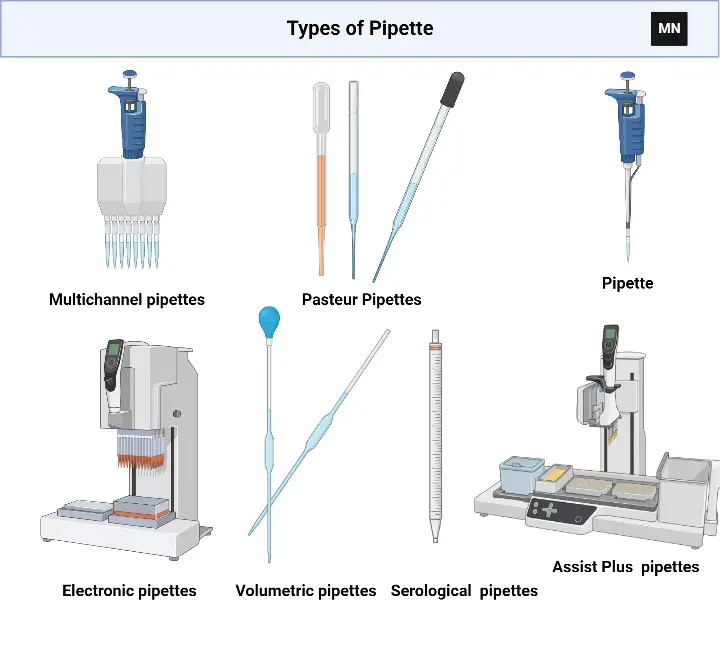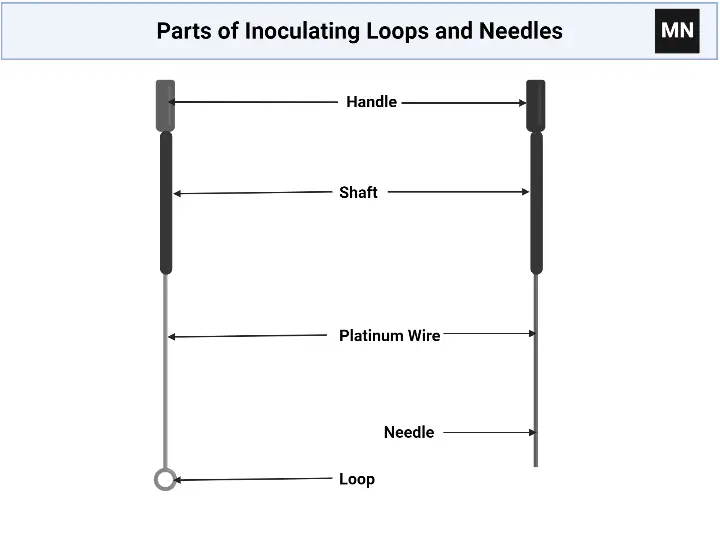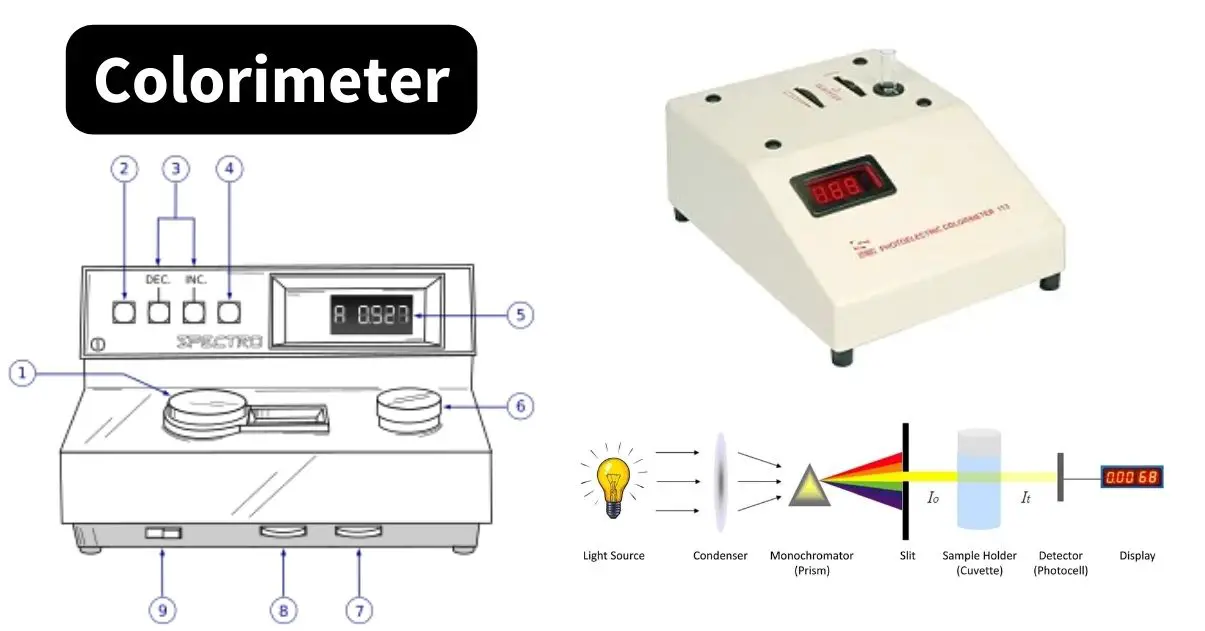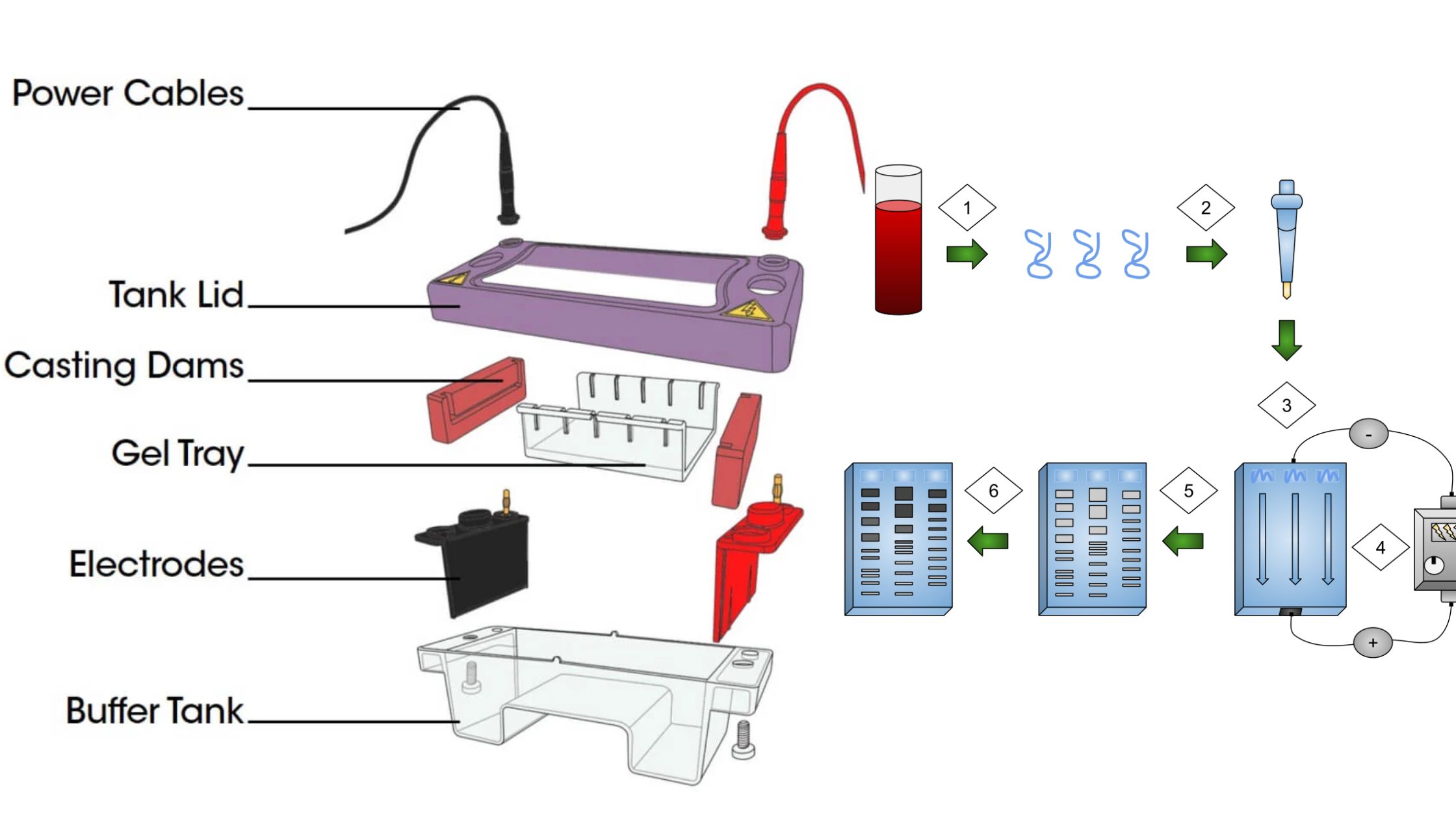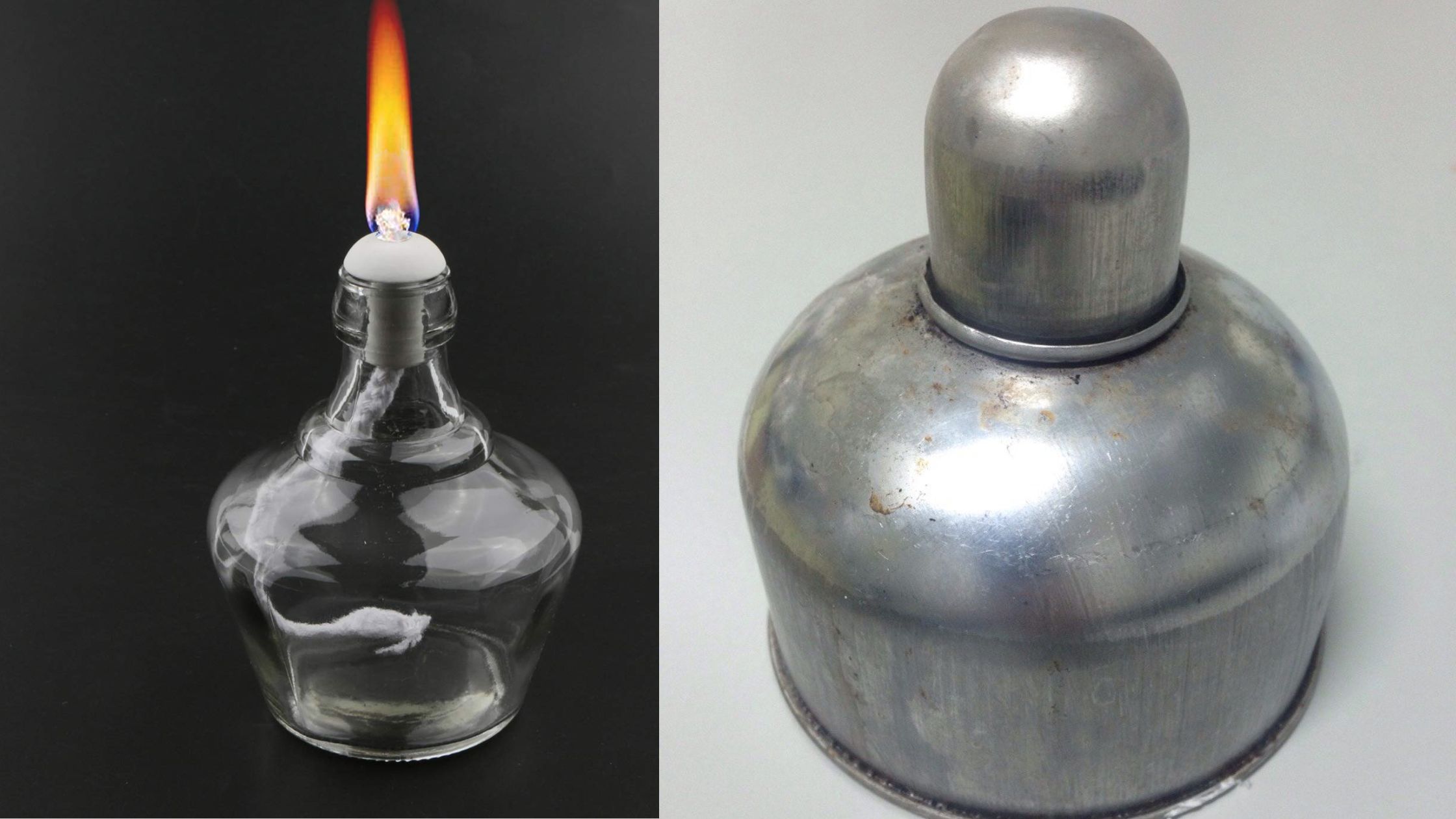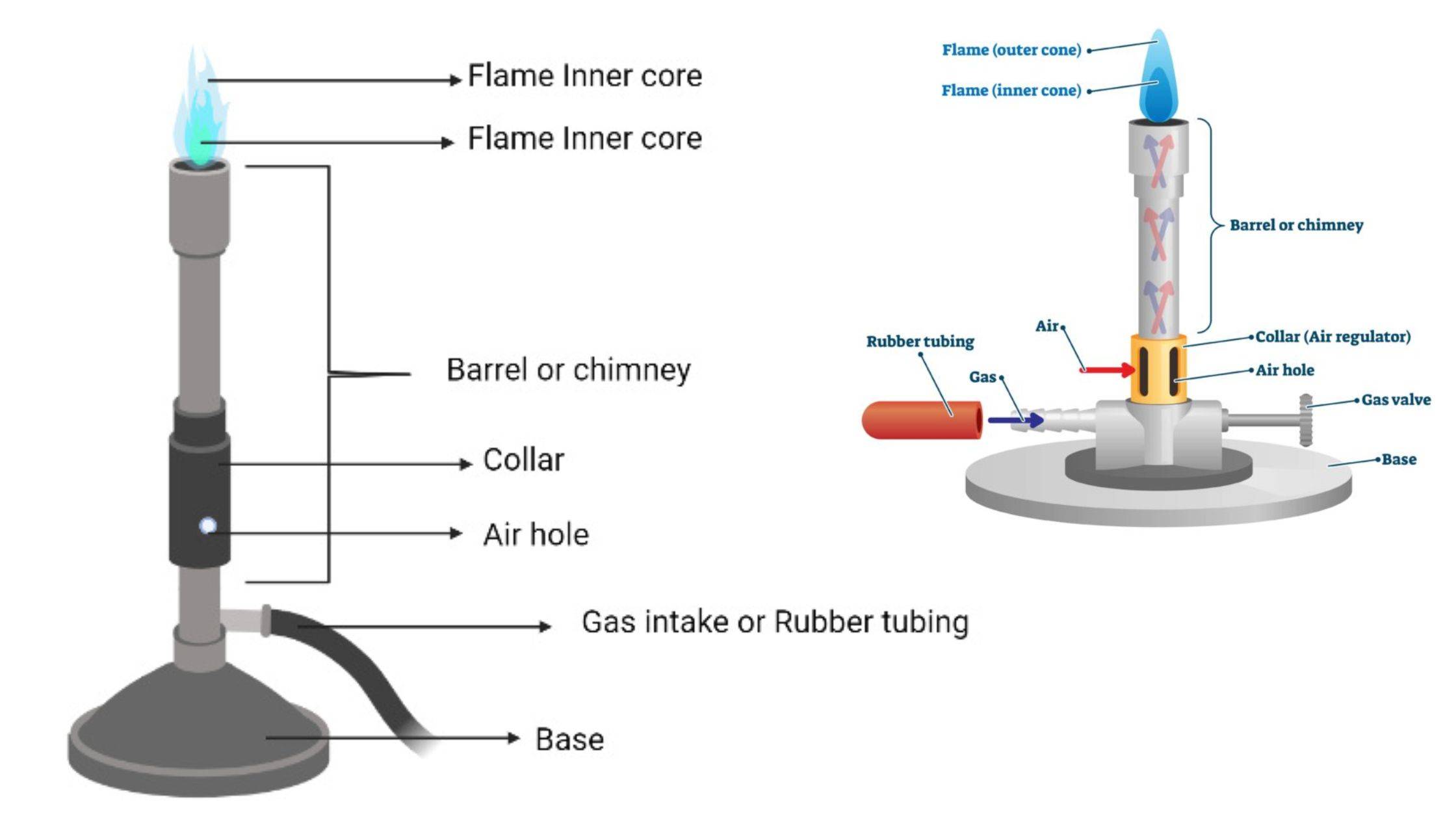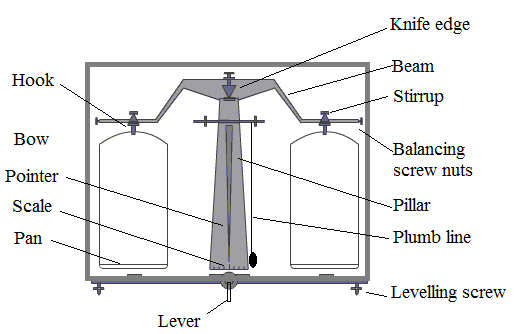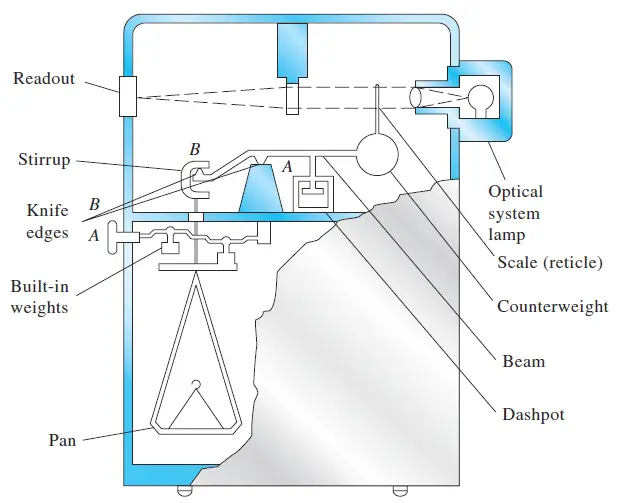Pipette – Definition, Principle, Parts, Procedure, Applications
A pipette is a fundamental laboratory instrument used across biology, chemistry and clinical labs to accurately measure and transfer small volumes of liquid. In this comprehensive guide we’ll explore what a pipette is, the working principle behind air-displacement vs positive-displacement pipettes, the key components of a pipette, the many types you’ll encounter (Pasteur, graduated, volumetric, … Read more
